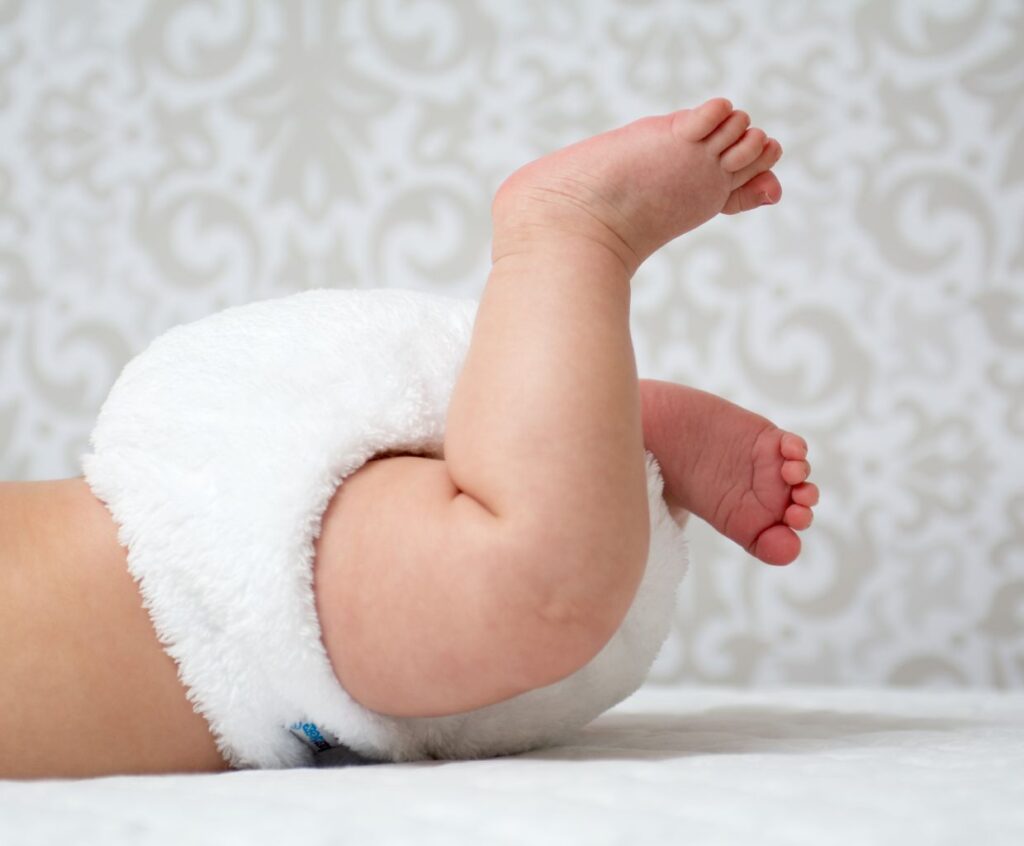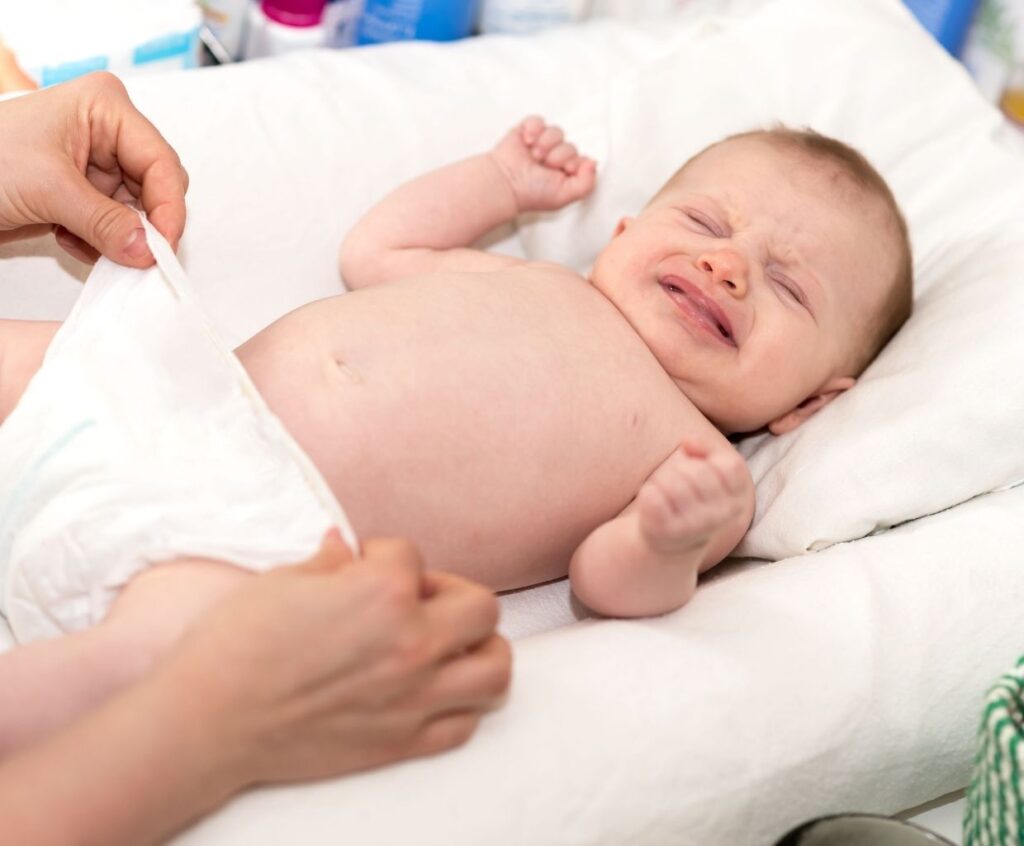Choosing the Safest Baby Powder: A Comprehensive Guide for Parents
As parents, ensuring the safety and well-being of our little ones is always a top priority. One product that has been a staple in many nurseries for generations is baby powder.
However, with the growing concerns about potential health risks associated with certain ingredients in traditional baby powders, choosing the safest option for our babies has become increasingly important.
Why the Safety of Baby Powder Matters
Baby powder is commonly used to dry a baby’s skin and prevent diaper rash. However, not all baby powders are created equal, and some may contain harmful substances that can harm your child’s health. It is essential to choose a baby powder that is free from potentially harmful ingredients.
Understanding Talcum Powder vs. Cornstarch Powder
Two main types of baby powders are available in the market – talcum powder and cornstarch powder. Talcum powder is made from talc, a magnesium, silicon, and oxygen mineral. On the other hand, cornstarch powder is derived from corn and does not contain talc.
Many experts recommend choosing cornstarch powder over talcum powder due to concerns regarding talc’s association with respiratory issues and ovarian cancer.
Ingredients to Avoid
When selecting a baby powder, it is crucial to read the ingredients list carefully. Avoid products that contain potentially harmful substances such as parabens, phthalates, and synthetic fragrances. These ingredients have been linked to various health concerns, including hormone disruption and skin irritation.
Choosing a Safe and Natural Baby Powder
Fortunately, a wide range of safe and natural baby powders are available on the market today. Look for specifically labeled talc-free products made with organic or plant-based ingredients. Some popular natural alternatives include powders made from cornstarch, arrowroot powder, or baking soda.
Additional Safety Tips
Here are a few additional tips to keep in mind when using baby powder:
-
- Apply the powder away from your baby’s face to avoid inhalation.
-
- Avoid excessive amounts of powder, leading to clumping and skin irritation.
-
- Store the powder in a cool, dry place to prevent moisture buildup.
-
- Check for any recalls or safety alerts related to the brand of baby powder you choose.
How to properly apply baby powder to avoid inhalation risks
Baby powder is a commonly used product for babies to keep their skin dry and prevent diaper rash. However, concerns have been about the potential inhalation risks associated with using baby talcum powder. Here are some tips on how to properly apply baby powder to minimize inhalation risks:
1. Choose a talc-free powder: Opt for a baby powder that is talc-free and made from natural ingredients. Look for products labeled explicitly as talc-free or made from alternatives like cornstarch.
2. Use in a well-ventilated area: Avoid applying baby powder in enclosed spaces where the powder can become concentrated in the air. Instead, choose a well-ventilated room or go outside to apply the powder.
3. Keep the powder away from the baby’s face: Take extra care to prevent the powder from getting near the baby’s face, especially around the nose and mouth. Use your hands to apply the powder to the baby’s body rather than directly shaking it onto their skin.
4. Apply a small amount: Use a minimal amount of baby powder to achieve the desired effect. A light dusting should be sufficient to keep the baby’s skin dry without excess powder becoming airborne.
5. Avoid shaking the powder directly onto the baby: Instead of shaking the powder container directly onto the baby, sprinkle a small amount of powder onto your hand and then apply it to the baby’s skin. This will help control the amount of powder being released into the air.
6. Pat the powder onto the skin: Gently pat it onto the baby’s skin rather than vigorously rub it. This will help minimize the chances of the powder becoming airborne.
7. Store the powder properly: Store the baby powder in a cool, dry place away from moisture and direct sunlight. This will help maintain its effectiveness and prevent clumping, which can increase the risk of inhalation.
Remember, it’s always a good idea to consult your pediatrician before using new products on your baby’s skin. They can provide personalized advice based on your baby’s specific needs and any potential health concerns.
Natural alternatives to talc-based baby powders
Talc-based baby powders have been linked to potential health risks, including respiratory issues and ovarian cancer. If you’re looking for natural alternatives to talc-based baby powders, here are a few options:
1. Cornstarch: Cornstarch is a popular natural alternative to talc-based baby powders. It is derived from corn and has a similar texture, providing a soft and smooth feel on the skin. Cornstarch helps absorb moisture and can be used to prevent diaper rash.
2. Arrowroot powder: Arrowroot powder is another natural option with similar properties to cornstarch. It is derived from the root of the arrowroot plant and is often used as a thickening agent in cooking. Arrowroot powder is gentle on the skin and can also help absorb moisture.
3. Rice powder: Rice powder is an excellent alternative for sensitive skin. It is finely ground rice and has a soothing effect on the skin. Rice powder can be used to absorb excess moisture and prevent chafing.
4. Oat flour: Oat flour is a natural option that is gentle and nourishing for the skin. It is made by grinding oats into a fine powder. Oat flour has soothing properties and can help alleviate skin irritations such as diaper rash.
5. Baking soda: Baking soda, or sodium bicarbonate, is a versatile natural ingredient that can substitute for talc-based baby powders. It has excellent absorbent properties and can help neutralize odors. However, it is essential to use baking soda sparingly as it can dry the skin.
Before using any alternative baby powder, it’s always a good idea to perform a patch test on a small area of your baby’s skin to ensure they don’t have any adverse reactions. Also, consult your pediatrician or healthcare provider for further guidance and recommendations.
Choosing the Safest Baby Powder – Conclusion
Choosing a safe baby powder is essential in protecting your little one’s health. By opting for talc-free, natural alternatives and being mindful of the ingredients, you can ensure your baby stays happy, healthy, and free from potential harm.


